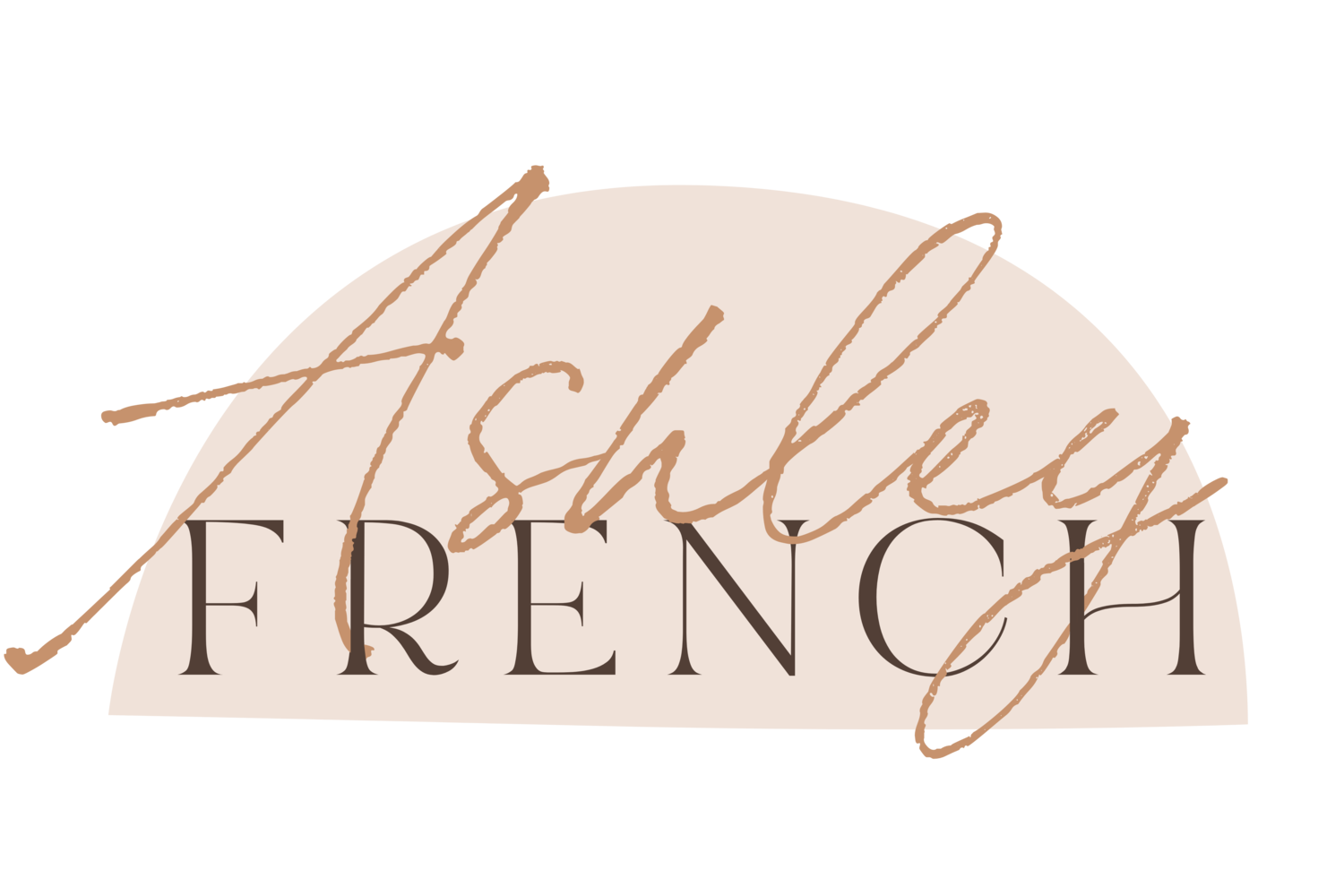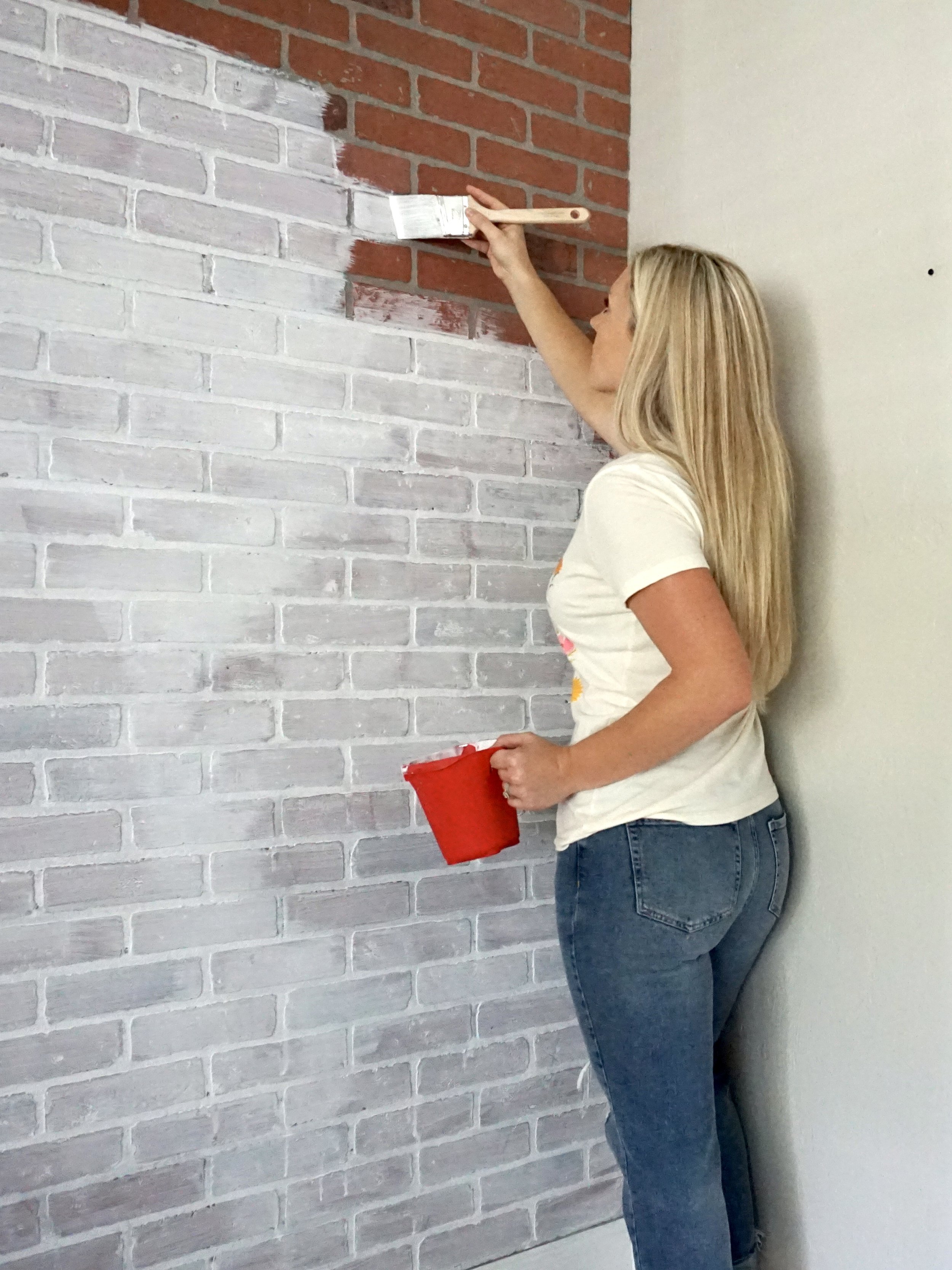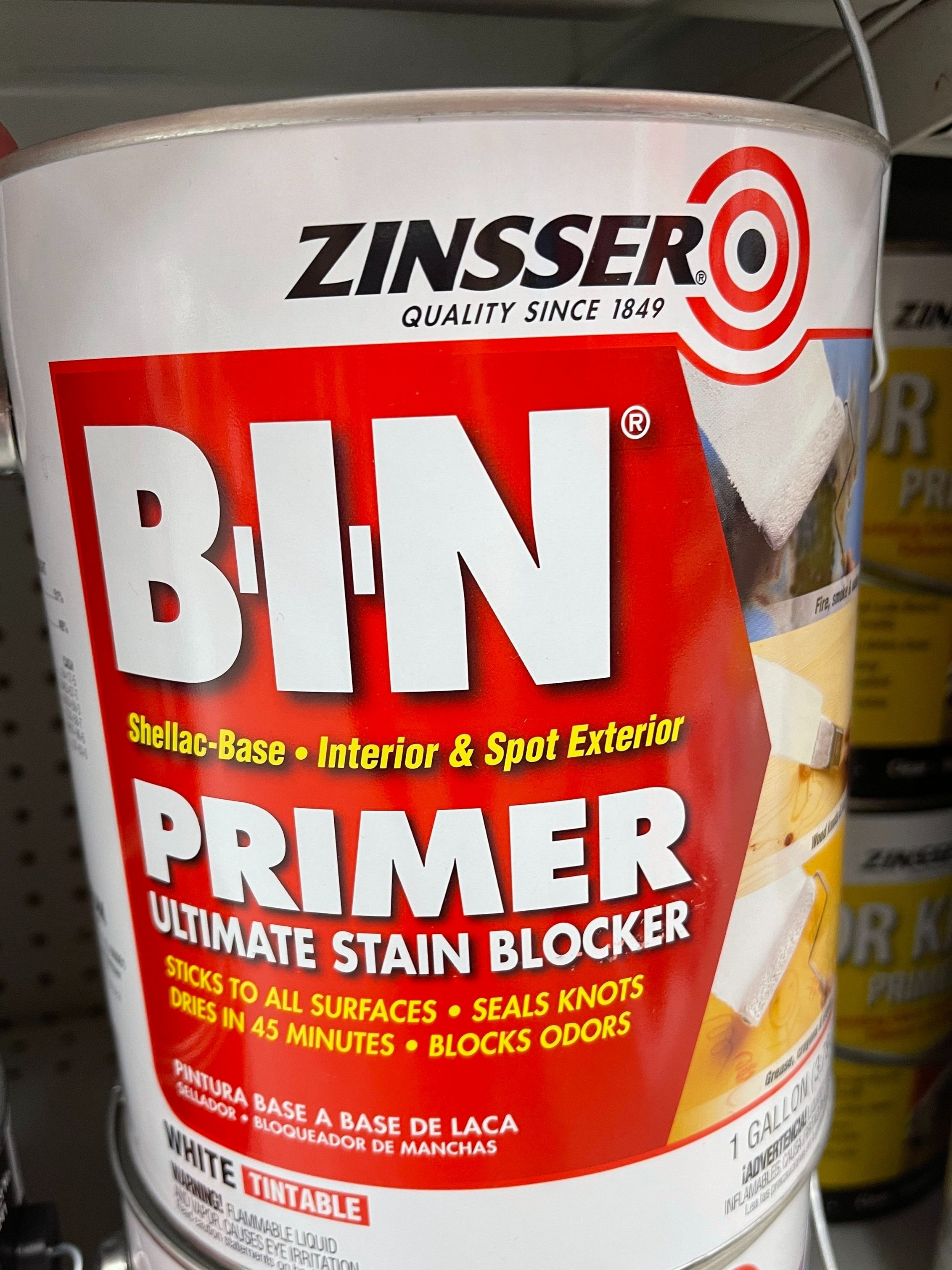Which Primer Should I Use?
There are a lot of primers on the market and I kept finding myself asking “Which primer should I use?”.
So I did a little research and found that there really IS a difference between the different primers that are on the market.
I won’t be able to go over every primer that exists but I am going to compare the two most commonly used primers and explain when and why you should use them.
When do you need a primer?
Primers are used when you want to seal up porous surfaces, prevent stains and previous colors from showing up underneath your paint job. They can also be used on areas of a wall where repairs have been made. Some examples of when you might use a primer first are: sealing old wallpaper before painting over it, switching from an existing oil-based paint on the wall to a latex paint, covering up old paint on a surface so it doesn’t show through your new paint, and when you want to add a slightly course texture to a slick painting surface so that your new paint adheres correctly (like when painting on laminate or a fake wood veneer).
Types of Primers:
Primer usually comes in three different types: oil-based, latex, and shellac. The surface you are painting or covering will determine the type of primer you will want to use.
Oil-Based Primer - These primers work with both oil paints and latex paints for interior and exterior paint jobs. Oil-based primers are great for blocking stains and are preferred for porous surfaces like wood. Some downfalls of an oil-based primer is that they are harder to clean and require the use of solvents to clean brushes, they are usually slow drying, and they typically have higher VOCs (and a stronger smell).
Latex-Based Primers - These primers are water-based and are most commonly used inside homes to cover drywall. They are fast drying and are less likely to peel or crack. A latex-based primer can be cleaned in water and has lower VOCs which means they do not smell as strong as the oil-based and shellac primers. Although they can cover minor stains, they are less effective at stain-blocking major stains than an oil-based or shellac primer.
Shellac Primers - These primers can be used with both oil-based and latex paints and may be the best at blocking stains and can even seal in smells that may be coming from the surface you are painting. They are fast-drying and can adhere to almost any surface. The downfalls to a shellac primer is that they have a very strong smell and require the use of denatured alcohol to clean your brushes.








